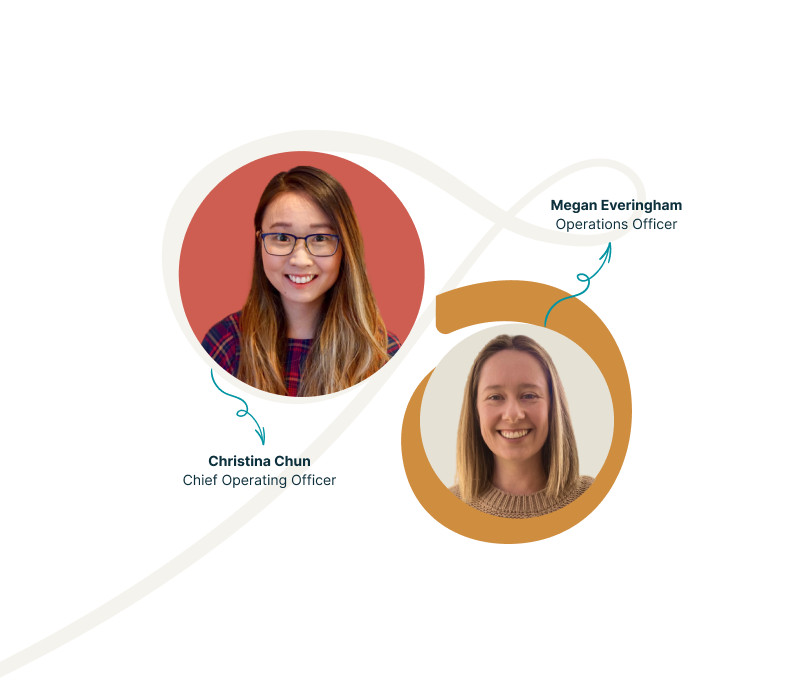
A Guide to Selecting Participatory Research Methods Based on Project and Partnership Goals, Journal of Participatory Research Methods
This guide explores participatory research methods designed to align with collaborative project and partnership goals. By involving communities throughout the research process, it promotes equity, trust, and relevance. With actionable frameworks for co-production, it supports researchers and organisations in integrating community knowledge, enhancing outcomes, and fostering long-term collaboration. The guide categorises methods into five domains—engagement, exploration, visual and narrative, mobilisation, and evaluation—while addressing both the strengths and challenges of participatory approaches.
View resourceSummary
This guide provides an in-depth overview of participatory research methods tailored to the goals of collaborative projects and partnerships. By integrating community engagement into all stages of the research process, it fosters equity, relevance, and trust among diverse stakeholders. It is particularly valuable for researchers and organisations seeking actionable frameworks for co-production. The guide outlines five domains of methods:
- Engagement and capacity building: techniques like Community Engagement Studios and Patient Research Networks enhance trust and participation.
- Exploration and visioning: methods such as SEED (Stakeholder Engagement for Evidence Development) and concept mapping support stakeholder-driven research design and priority setting.
- Visual and narrative: tools like Photovoice and participatory mapping leverage visual and narrative data to amplify underrepresented voices.
- Mobilisation: approaches such as Boot Camp Translation and Delphi Methods facilitate decision-making, advocacy, and policy impact.
- Evaluation: participatory evaluation frameworks assess project processes and outcomes, ensuring alignment with community priorities.
The article highlights the strengths of participatory methods - they can integrate community knowledge, increase relevance and uptake of findings, promote empowerment, and are adaptable to various phases of research and foster long-term collaboration and capacity-building.
It also highlights their challenges - implementing participatory methods demands significant time and skilled facilitation to navigate power dynamics, manage diverse expectations, and maintain engagement.

We’d love to hear from you!
Reach out to one of our team members, and share input and ideas about how we can evolve Understorey.
Get in touch